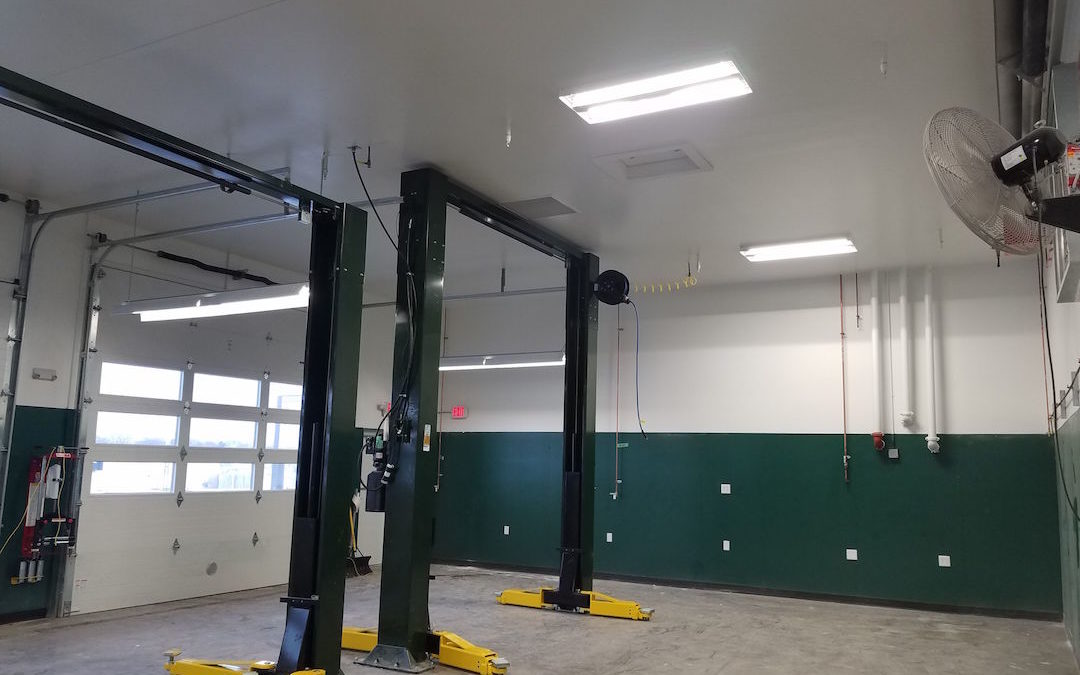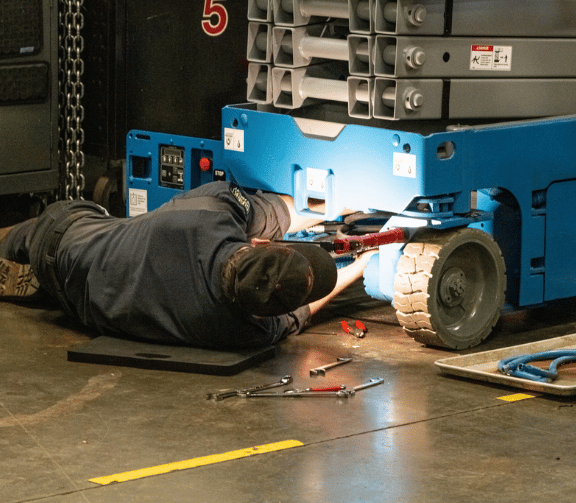Comprehensive Overview to Lift Solutions and Their Upkeep
Navigating the complex globe of elevator systems and their maintenance is a job that demands accuracy and knowledge. From the various kinds of lift systems in usage to the precise adherence to safety and security regulations, the upkeep of these upright transport gadgets is a complex venture.
Sorts Of Elevator Solutions
Elevator systems been available in numerous types, each created to suit certain building needs and customer needs. The most common kinds include hydraulic elevators, grip elevators, machine-room-less elevators, and vacuum elevators. Hydraulic lifts are suitable for low-rise buildings and use a hydraulic piston to move the elevator vehicle. Traction lifts, on the various other hand, are much more suited for skyscrapers and use steel ropes and counterweights to move the automobile. Machine-room-less elevators are a space-saving choice as they do not call for a separate machine space for the lift equipment. Vacuum elevators, a more modern development, use air pressure differentials to move the cars and truck within a clear tube.
Each kind of elevator system has its very own benefits and downsides, making it critical for structure proprietors and programmers to carefully consider their details demands prior to picking the most suitable option. Elements such as developing height, space accessibility, energy performance, and budget plan restrictions all play a considerable function in identifying the most effective elevator system for a certain structure.
Typical Maintenance Concerns
Regular upkeep of elevator systems is vital to guarantee smooth procedure and extend their life-span. In spite of normal upkeep, lift systems can still encounter typical maintenance problems that require to be quickly resolved to stop interruptions in service. One of one of the most frequent issues is door breakdowns. Elevator doors may obtain misaligned, resulting in concerns with opening and closing correctly. This can trigger hold-ups and security hazards, needing prompt attention from upkeep service technicians. Another usual issue is associated with the lift's leveling precision. Guests may experience tripping risks and discomfort if the lift does not line up correctly with the floors. Additionally, issues with the control system, such as sensing unit troubles or electric concerns, can cause the elevator to malfunction or stop working entirely. Routine assessments and aggressive upkeep can aid recognize and deal with these typical upkeep issues before they escalate and impact the overall performance of the elevator system.
Security Regulations and Conformity
Following strict safety regulations and guaranteeing compliance with click to find out more sector requirements are critical for keeping the functional integrity of lift systems. Elevators are subject to a thorough set of safety regulations to guard guests, maintenance employees, and the basic public. Regulative bodies such as the Occupational Security and Health Administration (OSHA) in the United States and the European Lift Organization (ELA) in Europe establish standards that cover various elements of lift style, setup, upkeep, and operation.
Conformity with these laws is not only a legal demand yet likewise a moral obligation for structure proprietors and elevator maintenance companies. Regular assessments, upkeep checks, and adherence to security procedures detailed in the laws are vital to make certain the secure and reliable procedure of lift systems.
Finest Practices for Upkeep

One more essential best method is to immediately resolve any unusual noises or noted concerns to prevent further damage. Executing a positive method to maintenance can conserve money and time in the future by avoiding pricey repair services or replacements. Building owners ought to likewise think about investing in modernization upgrades to boost the effectiveness and safety of their lift systems. By complying with these finest methods, elevator systems can run smoothly and securely, offering reliable upright transportation for owners.

Advanced Technologies for Effectiveness
Carrying out innovative modern technologies in lift systems can dramatically boost operational performance and traveler experience. resource These systems allow travelers to input their desired flooring before getting in the elevator, which after that directs them to the most reliable automobile.
Moreover, the assimilation of clever sensors and anticipating maintenance abilities has actually changed lift upkeep. These sensors can detect potential concerns prior to they intensify, enabling proactive upkeep treatments and reducing downtime. In addition, making use of energy-efficient elements and regenerative drives helps her response in reducing power usage and operating expense in elevator systems.
In addition, the implementation of cloud-based tracking and remote diagnostics enables real-time tracking of elevator efficiency and prompt troubleshooting of any malfunctions. This aggressive approach not only enhances system integrity but also improves the total customer experience by ensuring smooth and undisturbed elevator operations.
Conclusion
Finally, recognizing the various kinds of elevator systems, common maintenance issues, safety and security policies, ideal upkeep techniques, and advanced technologies for efficiency is important for making sure the smooth procedure of lifts. By adhering to safety policies and executing finest methods for upkeep, building owners can prolong the lifespan of their elevator systems and ensure the safety of passengers. It is very important to stay upgraded on the most recent innovations in lift innovation to enhance performance and integrity.
The most common types consist of hydraulic elevators, traction lifts, machine-room-less elevators, and vacuum elevators. Hydraulic lifts are suitable for low-rise structures and utilize a hydraulic piston to move the elevator auto. Machine-room-less elevators are a space-saving option as they do not need a different equipment area for the elevator machinery. Routine assessments and positive maintenance can aid determine and fix these common maintenance problems before they intensify and affect the overall efficiency of the elevator system.
